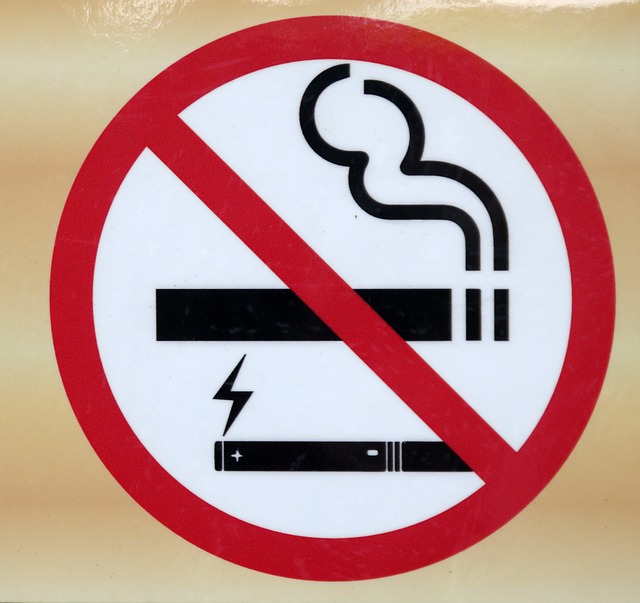The measure was introduced last month by Councilman Gary Santos, the same person who was also behind the town’s workplace smoking ban enacted in 2007. This vaping ban will basically extend the existent smoking ordinance to include e-cigarettes. “When you go to a restaurant you shouldn’t have to breathe other people’s smoke or vapor,” said Santos back in February.
Therefore, as of last Tuesday vaping is not allowed in indoor workplaces and other spaces where smoking is is also prohibited, and anyone caught violating this law could face a fine of up to $100. Naturally there will be designated smoking areas where vaping is also allowed, however this in itself could be problematic.
Is forcing vapers into smoking areas a good idea?
Health Entities like Public Health England (PHE) have long been pointing out that forcing vapers to use their devices in smoking areas, not only sends the wrong message, but also undermines their efforts to quit.
Following the 2016 findings indicating that vaping is at least 95% safer than smoking, the PHE had issued guidelines for employers to follow, in order to ensure that smokers who are transitioning to vaping feel supported and encouraged to switch to the safer alternatives.
Read Further: The Post and Courier





![Nicotine is Harmful for the Developing Brain – Or is it? [su_divider top="no" size="1" margin="10"]](https://www.vapingpost.com/wp-content/uploads/2024/06/nicotine-headache-238x178.webp)








It’s encouraging to see an increasing trend in venues around the country that are combining the restrictions of where e-cigarrettes are permitted with that of smoking combustible cigarettes. Although there are many who advocate that e-cigs are much safer than conventional smoking (it seems as it probably is) the fact that a) published studies disagree with these assumptions; b) the FDA still has not come out with a definitive statement on the health effects of e-cigs; and, c) there is a remarkable increase in the the number teen-agers who have become vapors. There is reason to believe they will move on to cigarettes next, in spite of those who say different.